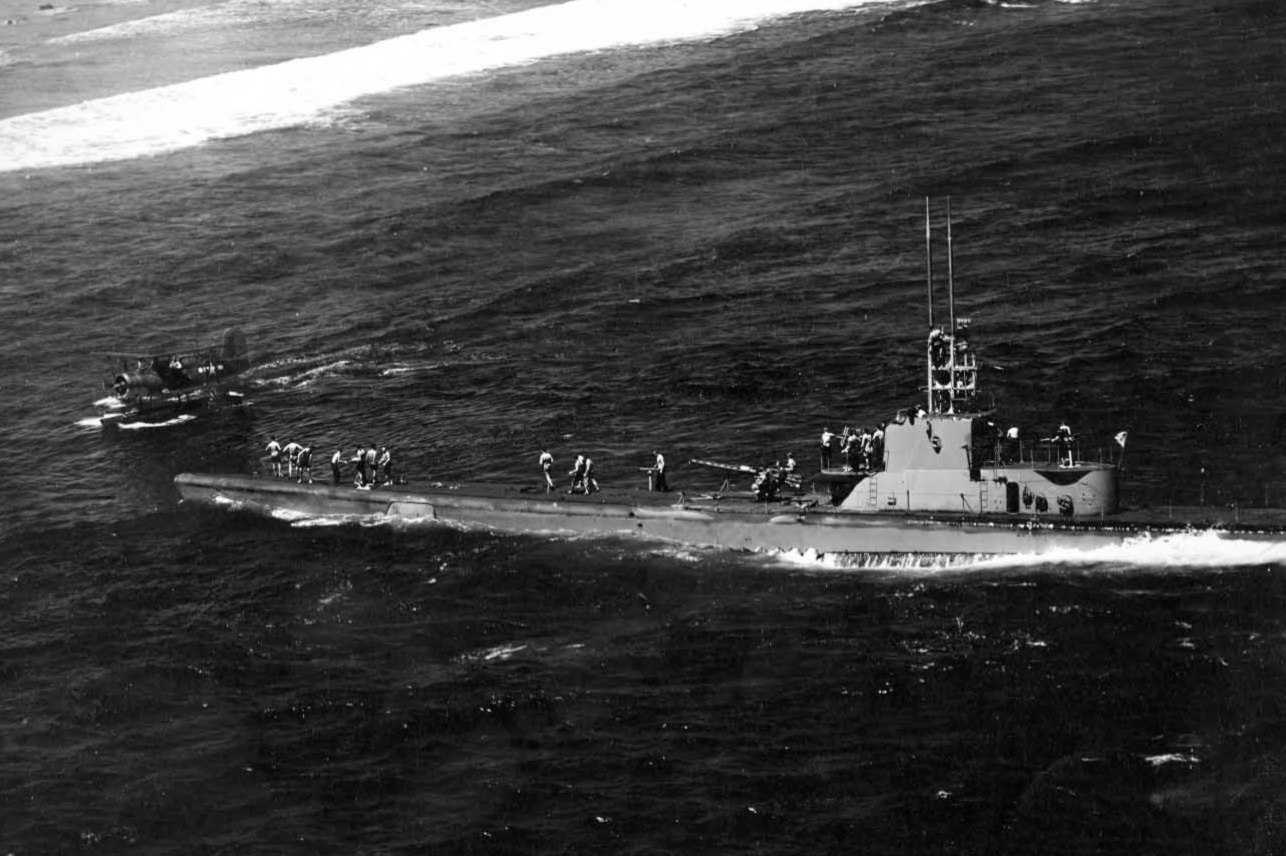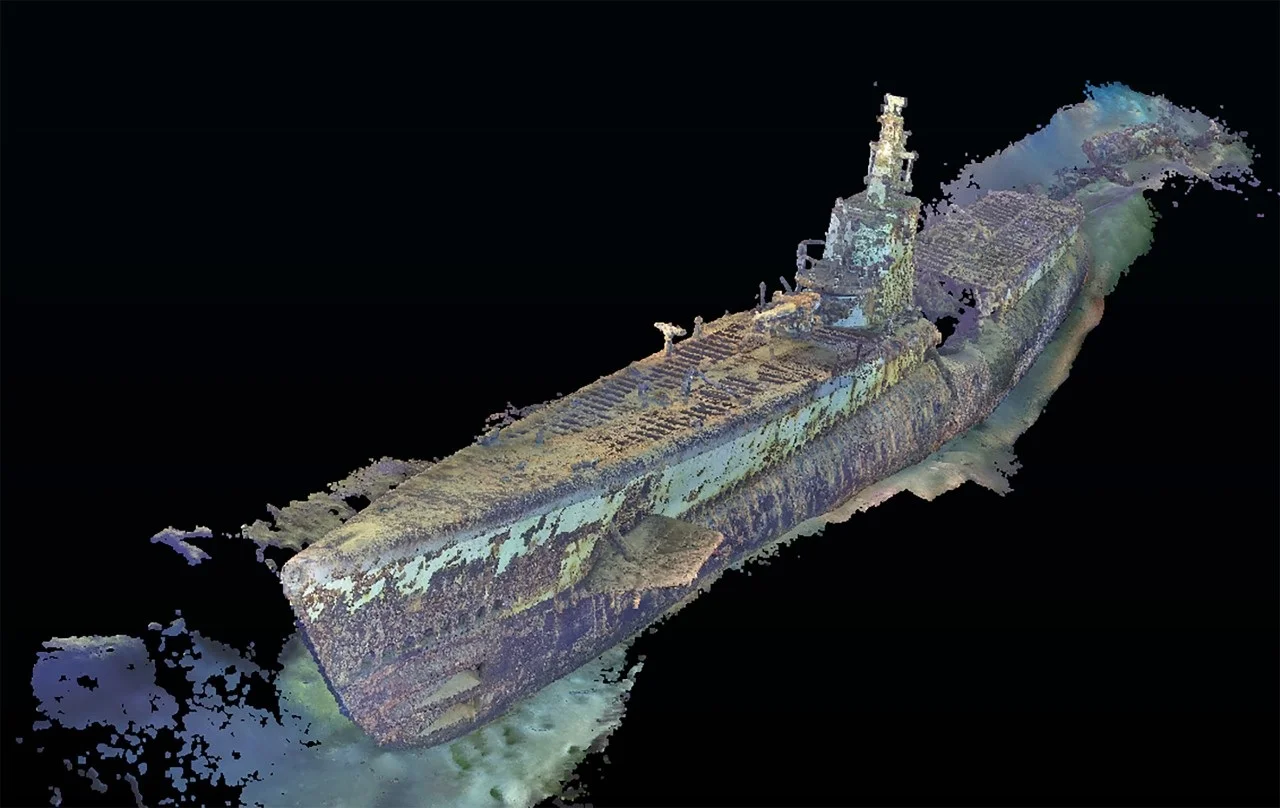The Naval History and Heritage Command (NHHC) has confirmed the discovery of the USS Harder (SS 257), an historic US submarine from WWII.
The USS Harder was a Gato-class submarine dubbed “Hit ‘Em Harder” for the havoc she caused Japanese shipping in the duration of the war in the Pacific.
The submarine gained a reputation for daring exploits over the course of six patrols, which earned the Harder and her crew six battle stars and the Presidential Unit Citation for their service in WWII.
During the Battle of Dasol Bay on her sixth patrol, Harder was depth charged and sunk with 79 souls aboard by the Japanese Type D escort ship CD-22.

According to a recent press announcement by the Lost 52 Project, an organisation dedicated to the long term exploration and study of US Navy submarines lost on patrol during WWII, the USS Harder has been discovered at a depth of more than 3,000 feet in the West Philippine Sea near the Philippines’ northern island of Luzon.
“Harder was lost in the course of victory. We must not forget that victory has a price, as does freedom,” said NHHC Director Samuel J. Cox, U.S. Navy rear admiral (retired). “We are grateful that Lost 52 has given us the opportunity to once again honour the valour of the crew of the ‘Hit ‘em HARDER’ submarine that sank the most Japanese warships – in particularly audacious attacks – under her legendary skipper, Cmdr. Sam Dealey.”
A 4D photogrammetry study of the wreck site has revealed that the USS Harder sits mostly intact and upright. A large hole on the port side just aft of the conning tower indicates Harder likely received a direct hit by a depth charge.
Header Image Credit : Tim Taylor
Sources : Lost 52 Project







